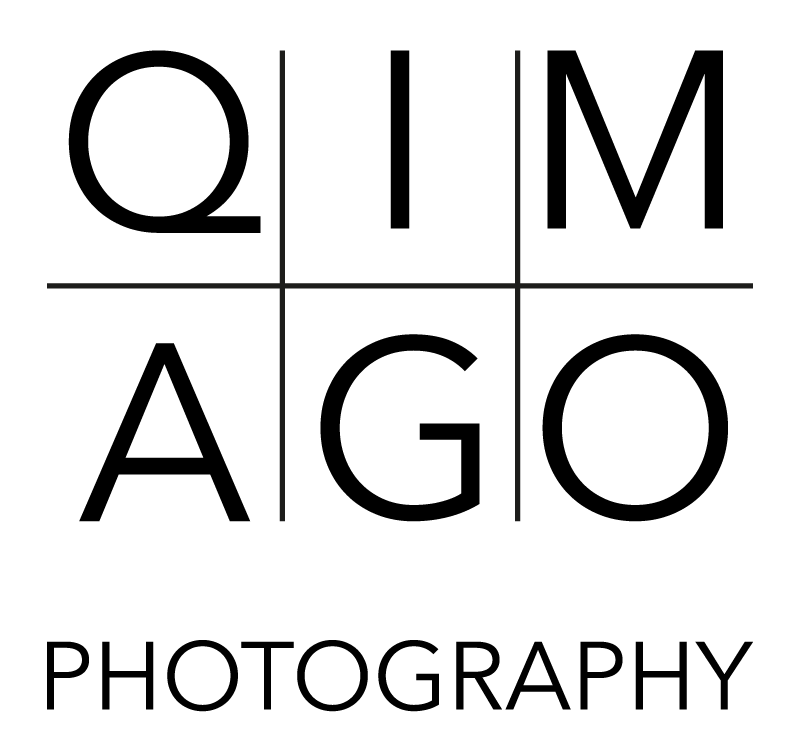Oberwerth Little William (The SL Bag® Medium) - Field report
First of all say THANK YOU!
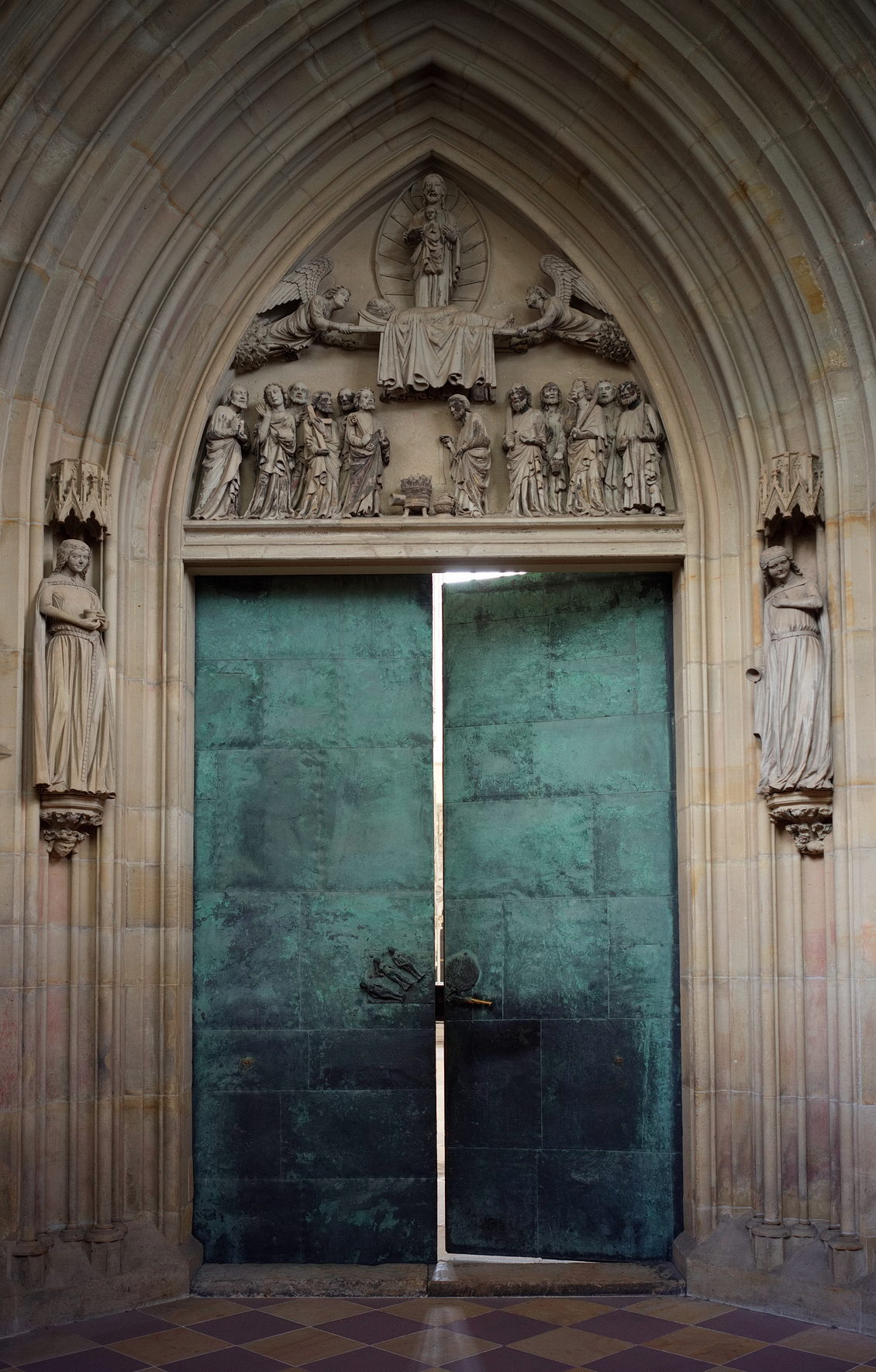
In terms of "digital medium format", we at Qimago have already had several cameras in house. Whether it was various iterations of the Leica S series, the Hasselblad X1D several times, several Fuji GFX models, the Hasselblad 907x or the fantastic H5D of the same brand. Now the X2D is in my (Elmar's) hands and may prove itself.
All these loans for testing we owe to FOTO-GÖRLITZ - at this point my very very sincere thanks!
How did I get the Hasselblad X2D?
After trying the X1D (first version) back then, I already had it in my gut that I would "eventually" want something like this. At the same time, I knew exactly what I didn't like about it. I liked the ergonomics, the whole feel, the menu, the lenses, the pictures (oh man!!). Bad, on the other hand, I found the slowness of the focus, the time between shutter releases, the slow boot-up, and the raw data development software on the PC. What's great is that this software is free. However, I found the workflow in it to be terrible (and I still do).
The X1D II had cleaned up with some of these issues. The camera was now a bit faster, WIFI on board by default. Sensor and data depth remained the same. (And so did the software. 😉) However, this second version already formed such a neat leap that the camera could make it on trips or even on the road. That had already become really good. Now you could whine on an even higher level: 50 megapixels without IBIS, still a bit slow compared to the Fuji models (that this would ever happen...).
So the X2D enters the scene. It's been on the market for about a year and I've spent a lot of time with it over the last few months, initially in theory. What does it offer more than the X1D II? What sets it apart from the really special 907x? What are its advantages over the cheaper Fuji competition? Does it beat the H models? And can it be compared with a Leica S3? I devoted myself to all such questions. And a few weeks ago, when Alex from FOTO-GÖRLITZ had a Hasselblad X2D for me to test, I had the opportunity to find out for myself.
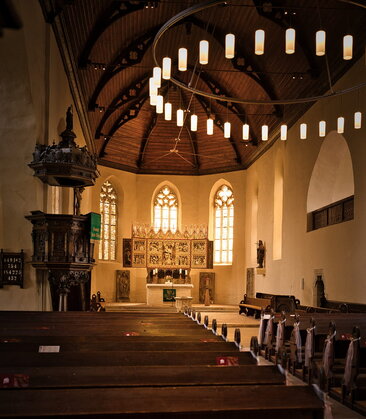
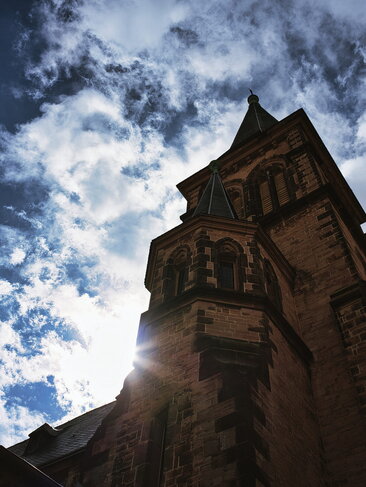
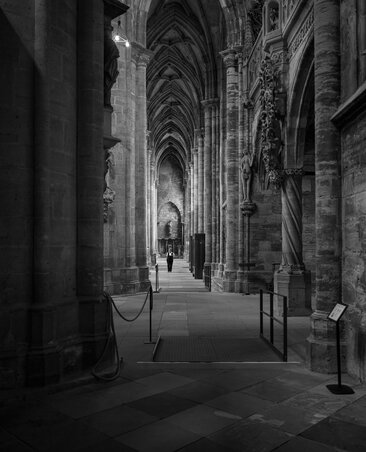
Haptics, operation and "Stable, bro!"
There were two boxes. One was the X2D and the other the 38mm XCD lens from the new lens series developed for this camera. This is exactly the combination I wanted to test.
Background to this: Put them together and you get an angle of view equivalent to a 29mm lens on 35mm format. So basically a fat competitor to the Leica Q2 or Q3. And I was able to compare it directly with a Q2 as well. In addition, a 65mm f2.8 lens was added later for testing. "Old" series though and according to the all-knowing Youtube University also allegedly significantly slower on the X2D than the new series. However, since I prefer to shoot with a normal lens, it just had to be. Would also be a very classic equipment: Quasi the 50 and 28er for the travel, street, all-round photographer.
The first thing that stands out is of course the feel and finish. It can be described as "usual high quality" and would make an understatement. Everything fits perfectly there. At least for me.
The folding display is boldly anchored. Everything makes a stable, high-quality impression. But that should also be the case in this price range. You get a real tool in your hand that conveys its own self-assurance. As if it were telling you, "Go ahead, I'm here." It also conveys this through size and weight. You shouldn't underestimate that.
I had heard a lot about the great stabilizer in the camera, which is supposed to allow you to take quite long handheld exposures at 100 megapixel resolution. That was basically the very first thing that concerned me. 38 mm on it. Aperture opened to 2.5. Lower ISO and see what works. First attempts, so around 1/30sec completely without problems. But I hold that also times in such a way thanks to the Scharfschützenatem. So further tried. 1/13sec, 1/2sec, once even 4sec. Out of hand and sharp. That was impressive (the subject, however, not so).
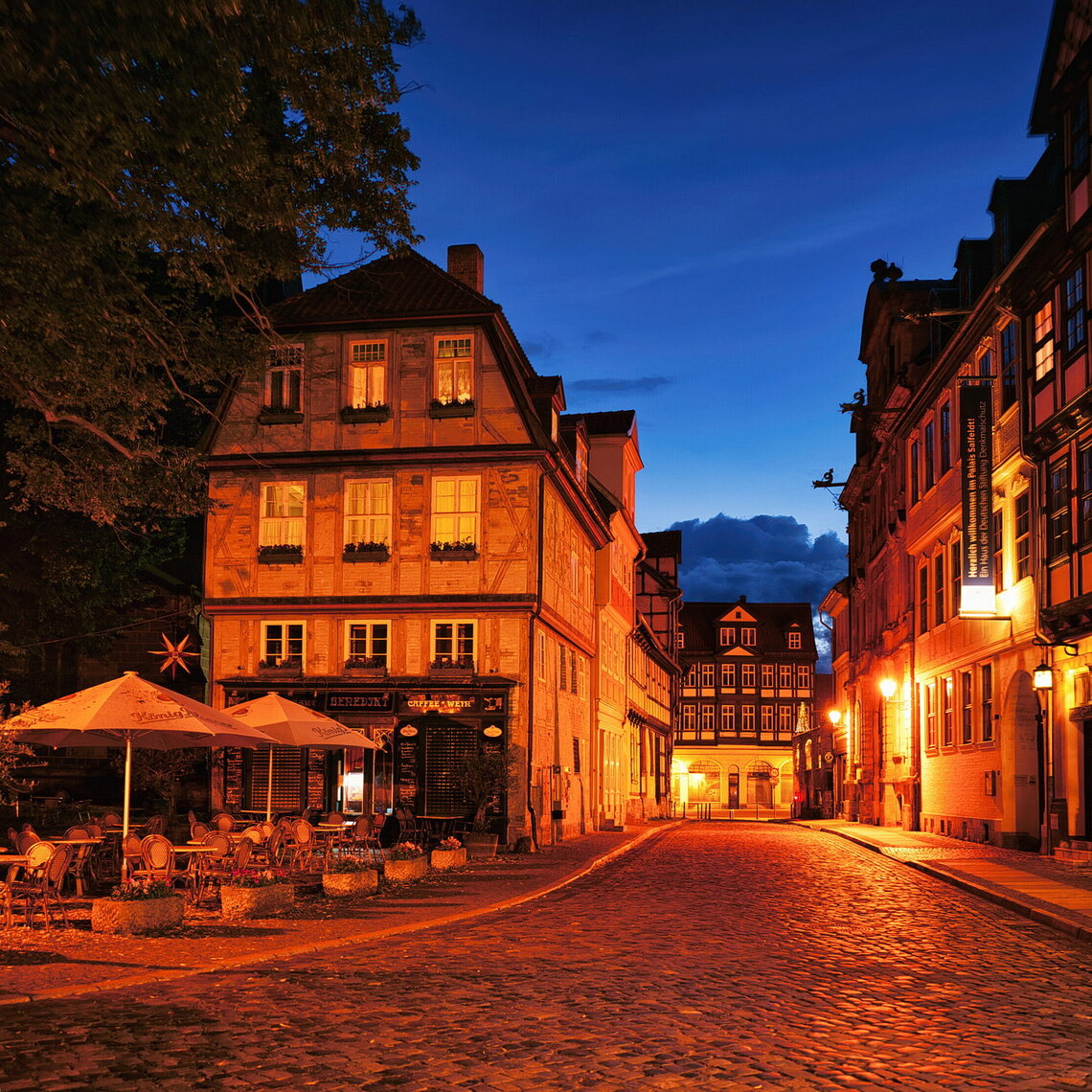
Amount of data - a lot of data!
Furthermore, I was interested in the possibility of 16-bit color depth in the raw data. Hasselblad reproduces incredibly harmonious "lifelike" colors. The color space is also enormous, which makes me very happy, even though I don't think most users' current output devices can reproduce all of that anyway. Eventually they will be able to, and then you just have the information available.
For me, part of such a data set is also the test of the recorded dynamics. This is also enormously high, one can push dark areas afterwards very strongly, from bright areas approx. 2-3 f-stops back get - depending upon admission ISO.
In terms of one hundred megapixels, you have to think of it like this: Around 210Mb per image. On the internal memory of 1 terabyte fits quite a lot. Data transfer is done via a high-speed USB cable. It manages about 400Mb per second on my computer, which is quite good and not necessarily faster with a memory card. The camera would like to have CFExpress Type B cards. My existing XQD cards could not do anything. A Type B card currently costs around 150€ for 128Gb. In addition, a reader for 60 € ... Then but currently prefer the cable. Via Wifi you can also pull pictures from the camera - via mobile Apple device. The Phocus mobile software is unfortunately not currently available for Android. And with the current firmware of the camera a big problem: No live view possible in the app. ☹
Do you really need 100 megapixels in everyday life? No. However, I am happy about the massive resolution for more specialized applications.
It was important to me, similar to the Leica Q2, to be able to crop easily later when using the 38mm lens. This works well - but the focus must also be accurate. Otherwise, resolution and depth of field are not very forgiving. This is somewhat easier with the Q2.
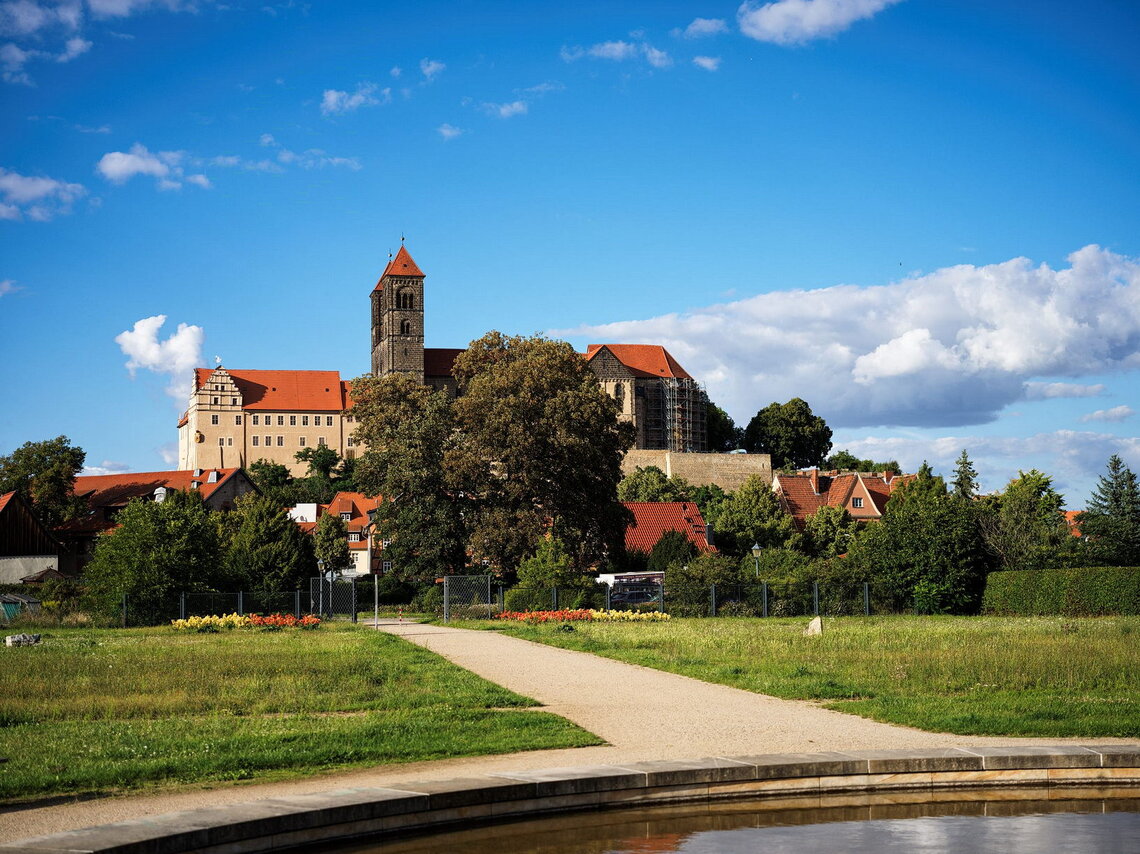
Operation and use of the X2D
The camera's menu navigation is proven simple. The menus are grouped by topics. For example, exposure, memory, stabilizer, WiFi, etc. I personally get along well with that, which may be too reduced for others. In principle, however, it's not completely stupid. With a Fuji, for example, I need "wrench (setup) - connection settings - network settings" to get to WiFi. And WiFi on/off is used more often on the road. You can also put that on function keys on most brands, I know. Should only be an example of different possibilities.
A video function is currently missing the X2D completely, but seems to be possible in the device. You can at least see microphone grids.
I find it nice that you can select and click everything by touch or by dial. Everything is easy to understand and somehow...realistically...solved. For example, with the automated exposure time control (which influences the ISO automatic, for example), you can specify the approximate times that the camera should orient itself on. In other words, you can define tendencies. I find that very helpful.
And if you get stuck, you can switch to a real AUTO mode instead of P and the camera will take over the exposure control completely.
There are enough buttons and not too many at the same time. You won't find a diopter adjustment of a mechanical nature (i.e. a button), that is controlled via the menu. I have not yet tried, just fit.
My learning curve with the Hasselblad X2D continues, also in terms of technical operation. For photographing it is enough already times. And for those who still want to rant about start up times: similar to a smartphone, you can either turn the device off with a long (3sec) press or achieve standby with a short press. Shutter release or on/off button then wake up the camera very quickly. You can trigger the shutter before everything is shown on the display.
Focusing with the X2D
The manual focus is cool. A ring is displayed around the focus point, which also turns green when the camera thinks the focus is correct. There are also other small symbols that give hints on how to focus faster. There is also a focus magnifier at the push of a button. This works wonderfully. Manual focus can either be selected in the menu - directly on the info screen - or directly on the lens in the new series.
One criticism I have is the sliding focus ring on the lens (new series): It should be a bit harder to move, I think. Sometimes I get the camera out of my pocket and have moved the ring halfway between the actual spots. It shouldn't be.
The autofocus has actually become much faster than on the 907x (and thus the X1D II). This was already sufficiently fast and accurate, but needed really good light or good contrasts to hit directly. The X2D now has even more - phase detection including contrast detection with the new lenses and pure contrast detection with the "old" ones. Works great and honestly: The 65 is not slower than the 38. Not at all. It clicks differently on release and takes a little longer to be ready for the next shot. So minimally longer blackout time with the old lens than the new. But the focus is felt to be equally fast. The new lens lineup also seems quieter overall, which I like. The metallic click-clack of the 65mm lens is a number in itself, though.
Sharp, fast and beautiful they all are, the lenses. I'd be interested in the 55 again, but I've actually found my dream combination of 38 and 65. They play perfectly to this camera (or vice versa).
There was no noticeable difference in speed from the Leica Q2 in normal lighting conditions. When it gets darker, the Leica has a slight advantage. DSLR speeds are not reached by either, but that doesn't bother me.
The Hasselblad brand - and what it means
A Leica will always be expensive, because it is part of the Leica brand that every product settles in a certain price range. If it were cheaper, it would not fit the brand.
That's the same with the Hasselblad. It's really quite an expensive camera. But it fits the brand. It's not about Swedish rocket scientists polishing each knob individually or anything like that. The price is set and the product is placed on the market. Only then come the flowery reasons why so much money has to be spent - marketing, after all.
Unfortunately, the prices of a brand are also reflected in the accessories. I also have to talk myself into a battery for 180€ despite the branding awareness. The same goes for smart adapters for €300 and the like.
My first conclusion about the Hasselblad X2D
The Hasselblad X2D is a really fascinating camera for me. For my kind of rather quiet photography it is the right choice. My personal approach was to find a simple camera that delivers perfect colors. After all, I already have a black and white camera (Q2Mono). I had in direct competition the Leica Q2 Polychrom, which is fabulous. Also a ZEISS ZX1, which is also very far ahead, at least in terms of color. In addition, various Nikon models... But I wanted something that on the one hand pleases my play instinct and on the other hand stands out again clearly in its performance. For my requirements I found that in the Hasselblad X2D. Capturing light and colors, the sharpness and the stabilizer, the feel and operation - all this fits perfectly for me. It's fast enough, too. Geez, we've shot sports and dance manually, haven't we?
Is it "the best mirrorless camera" on the market? I don't know. What is "best" and in what context?
What doesn't fit at all for me is the software. Such simple things, like "copy settings" and then apply them to X pictures again... Doesn't work. (except mobile) That sucks. You can do something similar, but that brings other problems.
For me it would be great if CaptureOne of all things could record the Hasselblad X2D. But more likely hell freezes over 😉
